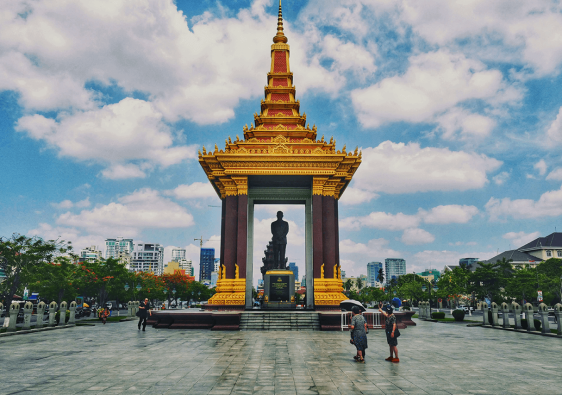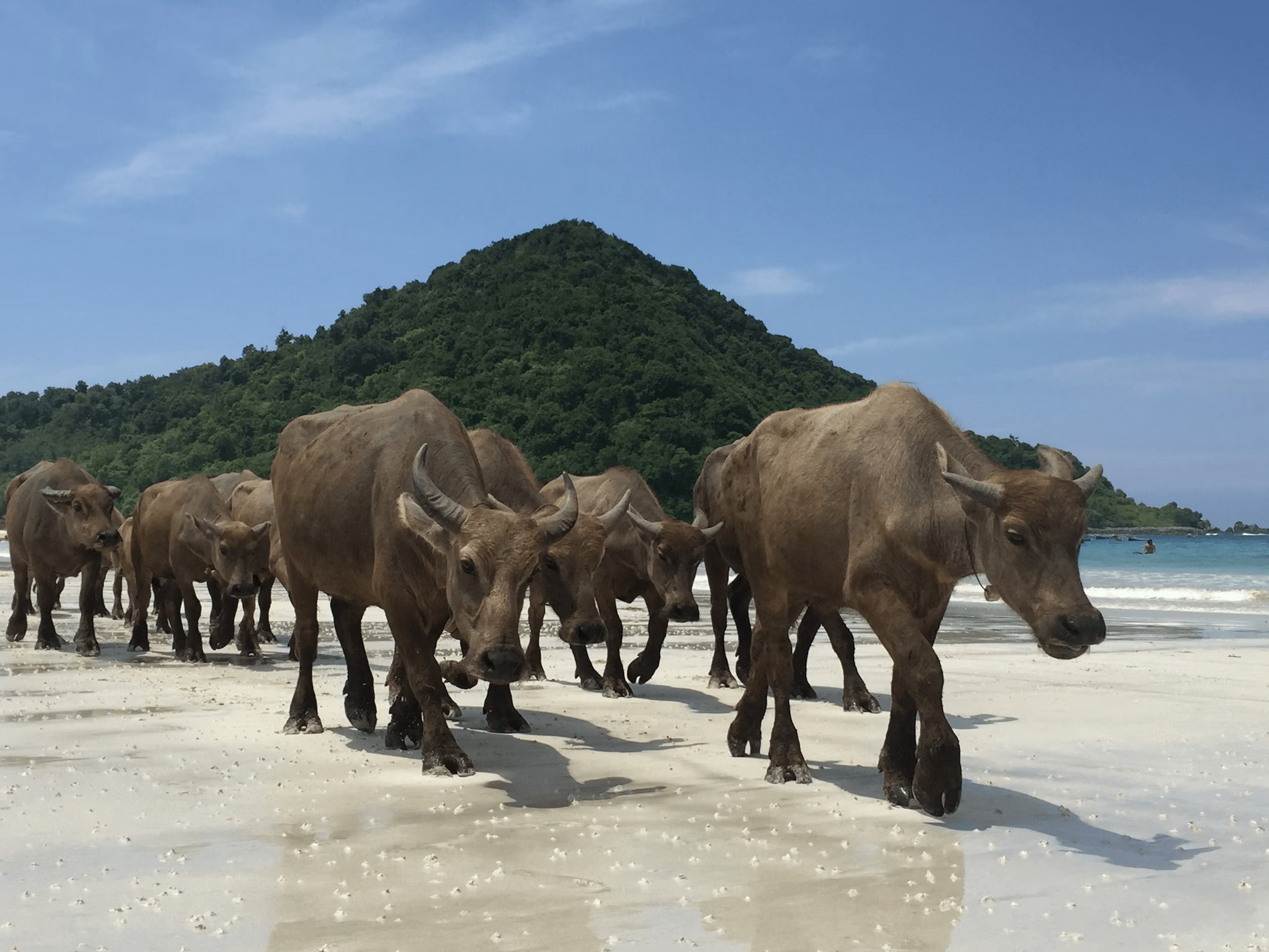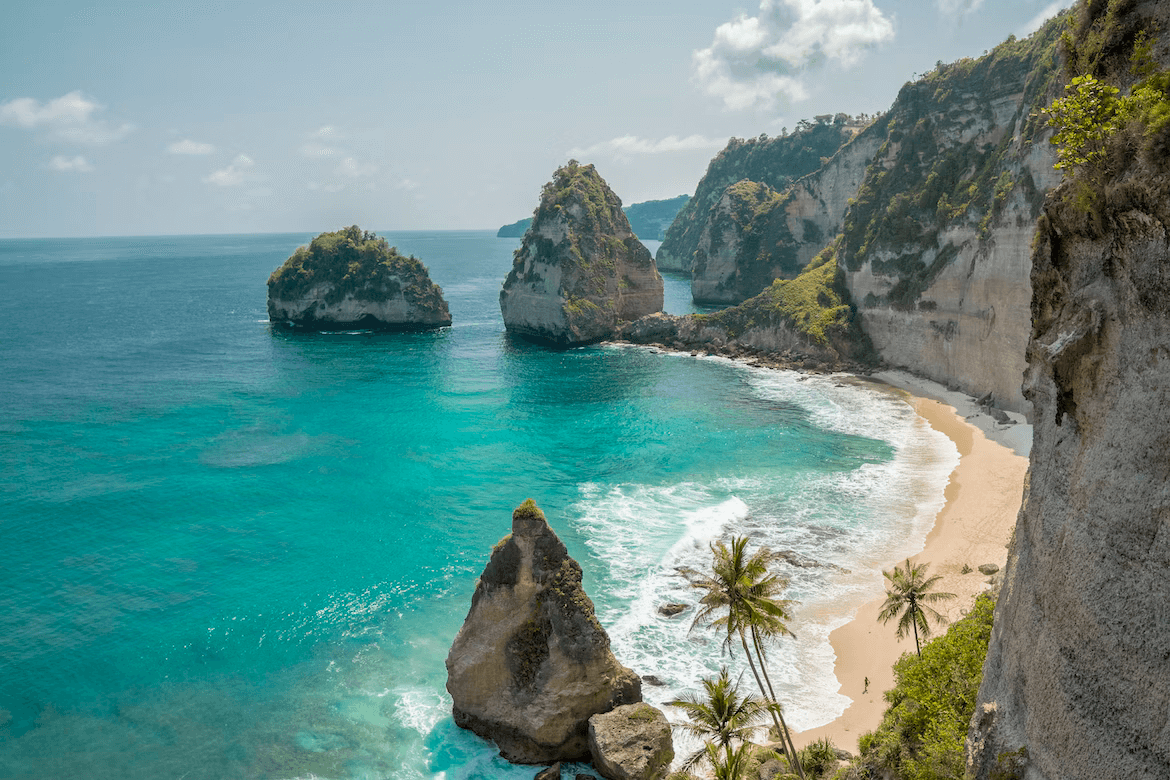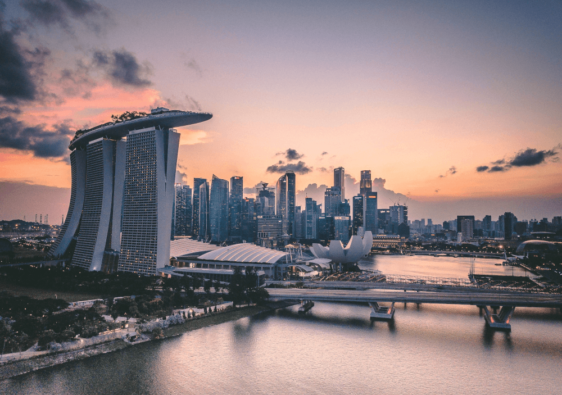
Dangers in South East Asia – Must read before visiting!
Are there dangers in South East Asia? If you are looking for the short answer only, then yes travelling in South East Asia is safe. People from all over the world make trips to the many countries in South East Asia all year round and it is easy to see why. You can choose from an array of different countries; Thailand, Vietnam, Laos, Cambodia, Philippines, Malaysia and Indonesia, all of which will offer amazing memories and experiences.
You will find many types of travellers covering these countries including young backpackers, families on vacations, solo travellers and anyone trying to travel on a budget. This makes South East Asia a very well travelled and safe place to visit.
Still, there are some dangers and scams that you should be aware of if planning a trip to ensure that you have the best time possible.
POST CONTENTS
Scams
There is no way to travel Asia without coming across scams, unfortunately when some local people see that you are not from their country they decide that they might be able to make some money from you. Scams are easy to spot. Just refuse whatever someone is offering to you and find it elsewhere.
Top 5 Scams in South East Asia
1. Local taxis
Using local transport is the most common way people get scammed. For example tuk tuks in Thailand rarely have a meter and they can inflate the price of your trip and argue with you until you pay them more.
This can also happen in taxis so make sure to agree on a price before getting in. If they do not agree or you start to see the meter skyrocket then stop the car and leave, there will always be another taxi to get.
Another way to avoid this is using apps like Grab (or Gojek in Indonesia) which are taxi service apps that run exactly like Uber. They are helpful as they predetermine the price of your journey plus you can track the route of your driver.
2. Boat trips
Personally we think boat ports are the worst for scams and have experienced quite a few people trying to get us to pay for boats that don’t even exist or pay extra just to get on the same boat. Usually there is a fast boat for a premium price and slow public boat that is cheaper when you are hopping from island to island. In our experience if you choose the cheaper option you get constantly hassled to get the more expensive boat . They will try to tell you many lies such as the boat is already full and there isn’t another one for many hours etc.
To avoid this we recommend booking before you get to the port with a trusted company who will take you directly to where you board the boat, in order to avoid hassle and up-selling.
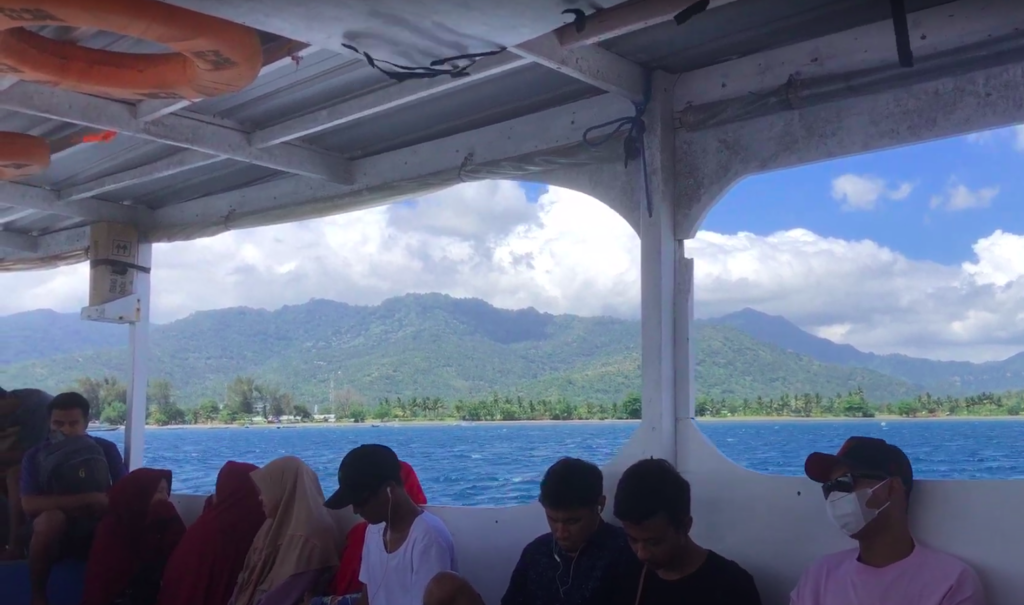
3. Motorbike rentals
A popular scam that many people encounter is when renting motorbikes and scooters. When you return the bike the company will claim that there are expensive repairs or scratches that you have caused and demand that you pay for them.
To avoid this, always check the reviews online of the rental shops and take pictures of any scratches on the bike when you pick it up so you have proof it was not you. We prefer when possible to rent the bikes from our accommodation. Usually they will trust you more as you are staying with them plus they are a little cheaper.
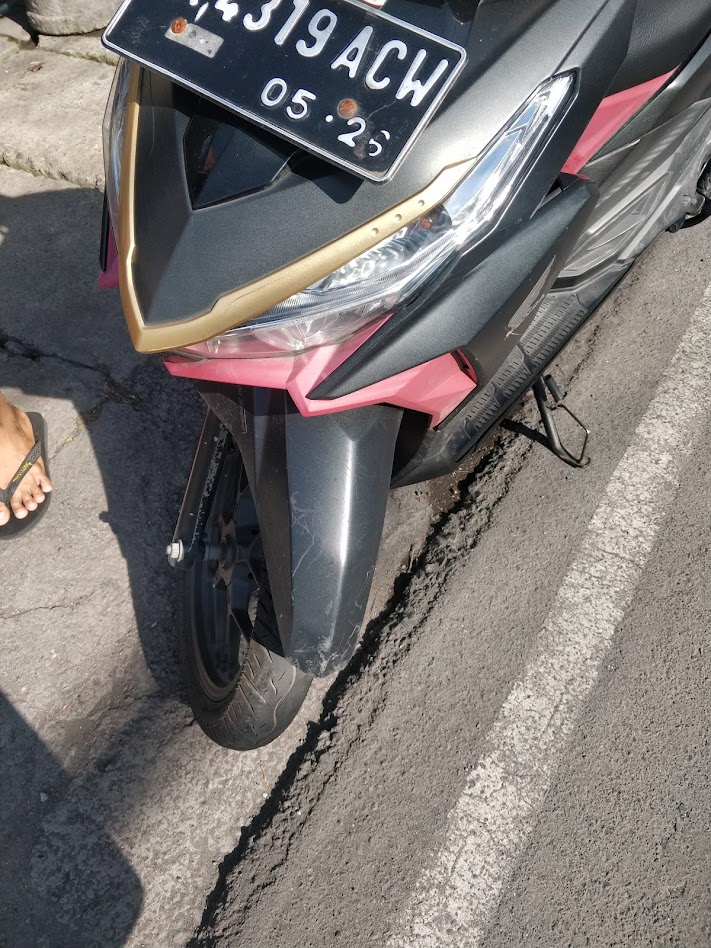
4. Day tips
If you are a tourist who loves to go on local excursions then you will likely speak to workers at tourist booths or shops. We have had many great experiences using these companies and have quite a few that we recommend. Unfortunately some may try to charge you inflated prices. We have heard stories where you pay for your trip yet when the time to be picked up comes no one turns up and you can no longer contact the company you booked with.
A great tip is to always looking at reviews on google or tripadvisor and make sure they are recent ones too. Another way to avoid scam companies is to talk to other people who have used legitimate tours and find out their experiences. It is always great to create a community of travellers for times such as these.
5. Incorrect change
The last way locals may try to take a bit of extra money from you is when they hand you change. Make sure you check your change as sometimes they may hand you less than is correct. A few times this may just be because of a genuine mistake and you should always politely point out the correct change you were expecting, however, sometimes it is obviously people trying to keep a little extra money and hoping you don’t notice.
Here are the most common dangers:
1. Theft
Similar to many countries which experience lots of tourism, theft can be a problem in South East Asia. It is quite unlikely to happen but be aware of your surroundings especially if you are in a busy city like Hanoi or Bangkok and keep all belongings on you at all times. Bags and phones get snatched especially by people riding scooters so be careful to put your bags on properly not just on one shoulder and keep your phone tucked away or in close grip.
Another great tip is to lock away all valuables in a safe or locker when staying in your accommodation, this tip is particularly true if you are staying in dorms. Hostels and Hotels may charge for renting a padlock so make sure you always pack one or two for your trip and lock away belongings when leaving the room.
One valuable that you should keep safe at all times is your passport and travel documents to avoid any difficult situations with visas and embassies. Keep your passport safe when you travel to new places and lock it away if it is no longer needed.
2. Driving
A very common way of transport in South East Asia is riding motorbikes; in fact in Vietnam 85% of transport is on bikes. For many people this is a big shock. We were not used to this many bikes on the road. You can easily rent motorbikes in most Asian countries but try to practise riding before you hit the busy streets in Vietnam or Bali. Our advice is to find a quiet street to practise and look at your options for an automatic bike, which will be easier to ride than semi-automatic or manual bikes.
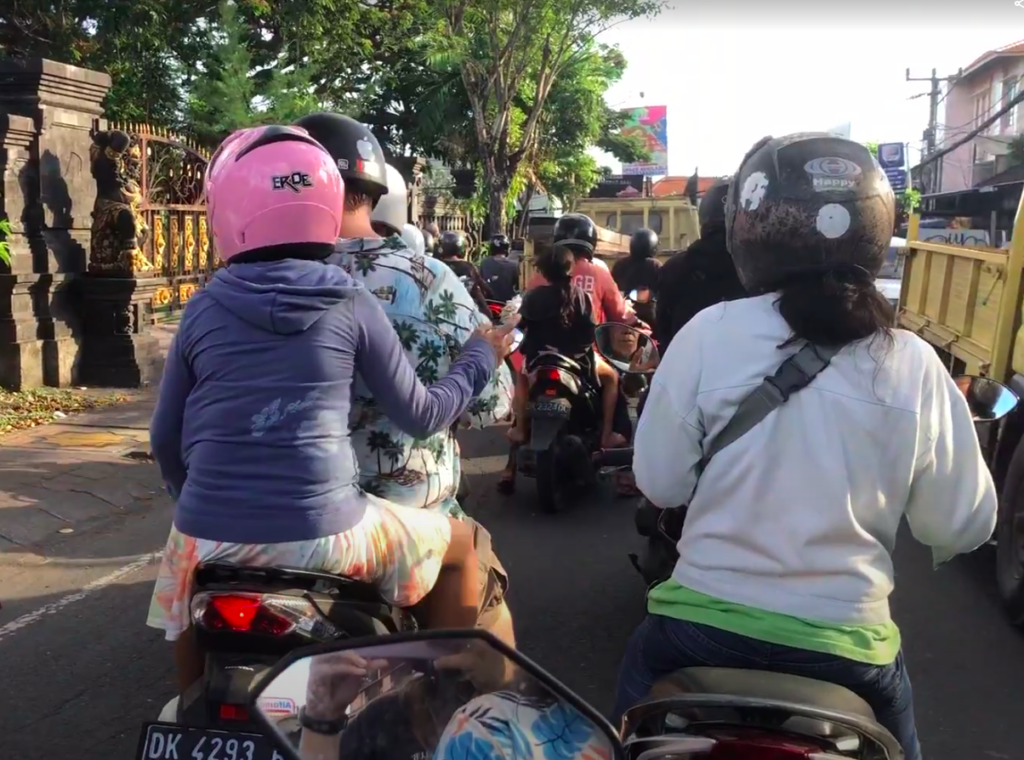
Another must when riding motorbikes is to always wear a helmet. No matter how good a driver you are there is always the chance of an accident happening and it’s good practice to protect yourself when out on the roads.
3. Violence
There is little risk of violence when travelling in South East Asia and through all our time spent in Asia we have never seen a fight or violence – in England on an average night out you will probably see a few punches being thrown so it is a lot safer in this respect.
There is always a chance of someone being violent but the people in South East Asia are usually peaceful and respectful. If you do find yourself in a situation which is escalating try to stay calm and remove yourself from the situation before it becomes physical.
4. Alcohol and Drugs
You can find alcohol easily in South East Asia and you will find many locals drinking too. Be aware of your behaviour if you have had a few too many drinks and make sure to never disrespect the local customs or cultures even if you have been drinking.
Something we have read but never experienced is poisoning of alcohol by the bars and clubs such as mixing alcohol with chemicals that are unsafe to drink. It seems unlikely but may happen in South East Asia; if you are worried you could stick to bottled drinks such as beer or pre-mixed spirits.
Although some countries are beginning to loosen their laws surrounding taking or possessing drugs, there seem to be many grey areas and our advice would be to steer clear of taking any drugs in these countries. A lot of countries are completely against all drugs and have fines or jail time as punishment. To avoid this danger just avoid drugs completely to keep yourself safe.
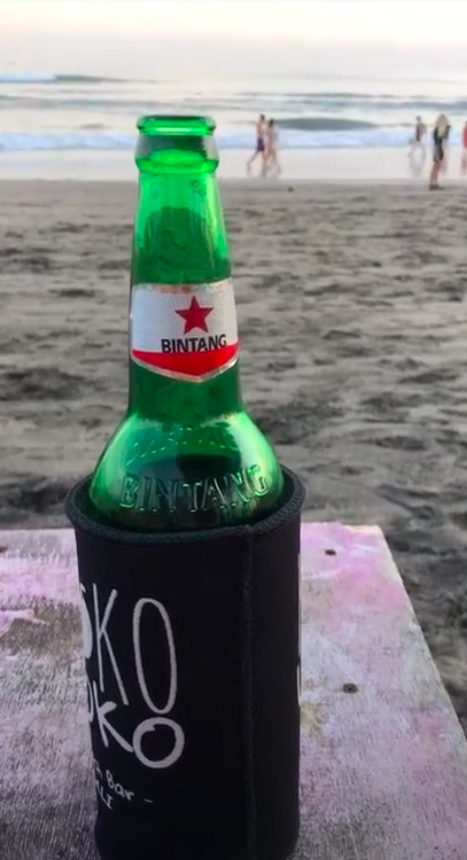
5. Animals
All over South East Asia are many different species of animals that you might not be able to find anywhere in the rest of the world. Unfortunately there are some dangerous animals too. Stray dogs are in most of the popular destinations, you should try to avoid coming into contact with them as they can carry diseases or attack, the same applies to monkeys.
If you’ve been travelling for a while then you may have come into contact with bed bugs once or twice. You can find them in mattresses or bedding and they leave small bites when you are sleeping. If you suspect bed bugs it is best to leave the place you are staying immediately and wash all of your clothes as they can live here too.
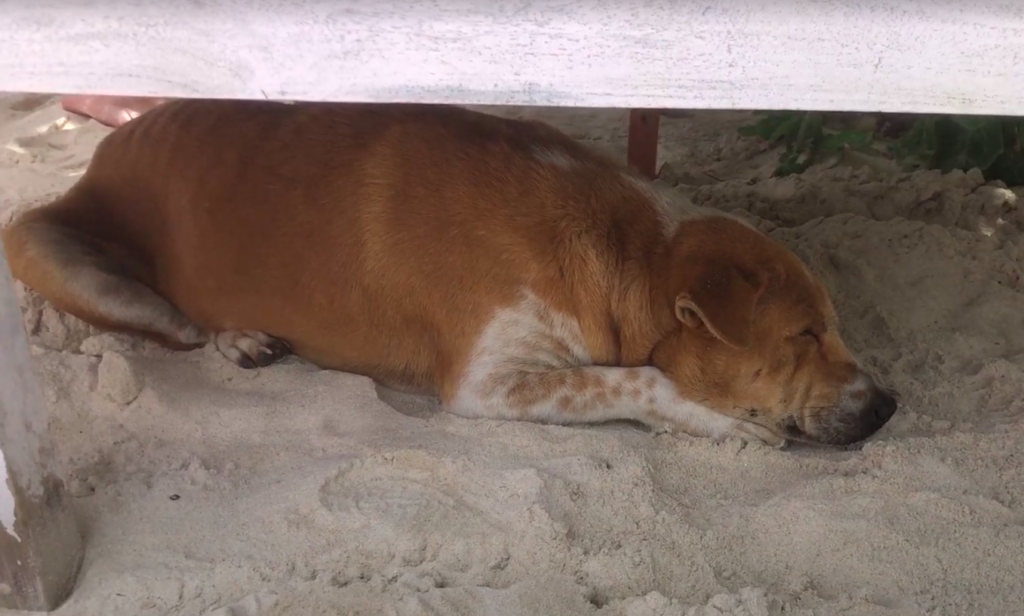
The final animal to note is the most deadly of all: mosquitoes. In most areas in South East Asia there is only a low risk of catching malaria from mosquito bites but it is always best to wear bug spray to repel them from biting you at all. Dengue fever can also be passed on by mosquitoes and will leave you feeling quite unwell so make sure to always protect against these bugs.
6. Sanitation
Across South East Asia the levels of hygiene vary a great deal and will most likely be different to your home country. It is important to trust your gut when eating at restaurants and cafes; if you do not trust the hygiene, do not eat there. If you are very worried about hygiene then we recommend not eating fresh fruit or salads which have not been cooked and stick to plain food such as tofu or cooked vegetables which carry a smaller risk. It is good to check reviews if possible to find out if it is a good place to eat.
Another danger is the tap water which in most countries is not suitable for drinking and could make you feel unwell if you drink. If you want to avoid the tap water make sure to order drinks without ice as these are usually made from the tap water anyway and always drink sealed bottles of water.
Make sure you are always up to date with your travel vaccines too to stay safe and well whilst travelling. And we’re sure you don’t need to be told to wash your hands especially before eating to avoid getting ill.
7. Government Troubles
Situations in politics can rapidly develop in South East Asian countries such as protests, riots or civil unrest, these can be very dangerous for tourists caught in the middle of political troubles. Our advice is to always check government guidelines before planning a trip and if any new troubles begin whilst you are in the country then you should try to leave before they worsen.
The gov.uk website is great for guidelines before entering a country for people from the UK and there are similar websites for every country, make sure you refer to these before booking a trip.
So the question remains: is it safe to travel?
Our overall answer is a complete yes! We feel that South East Asia has no more scams or dangers than we have experienced in any other countries or even at home. As long as people follow all current advice and be respectful of the country you are in then your travels will contain only happy memories.
Safe for solo?
In our experience South East Asia is a great safe place to travel solo and there are many other people doing the same. From Aidan’s experience travelling solo he rarely ran into any problems and felt incredibly safe in all of the countries he stayed.
Safe for females?
As a female I (Jaimee) have felt a lot safer in many countries in South East Asia compared to England. I would recommend staying a little more covered up as in many countries it can be a little disrespectful to show off a lot of your body and that can lead to unwanted attention. Otherwise staying connected to others is very important if you ever feel unsafe, such as having a group to stay with if you are travelling to somewhere new.
Travel Insurance
The last (and most important) way to ensure you have nothing but an enjoyable trip is to purchase travel insurance before you leave. SafetyWing is the best travel insurance for digital nomads and all other types of travellers.
You can pay a monthly subscription and start and stop your contract depending on your travel needs – you can even purchase whilst abroad.
It is perfect for if you ever find yourself in an unpleasant situation. Such as loss of personal items, healthcare costs or trips being cut short for an unseen reason. They even cover Covid-19 related issues like quarantine or cancellations.
We highly recommend SafetyWing for anyone travelling not just to South East Asia but anywhere in the world as it covers you for all of the above difficulties.
Use this link to purchase your insurance: SAFETYWING
Ready to book your trip...
- > BOOK YOUR FLIGHT
We always want to save money when booking flights so we use Skyscanner to compare prices and book. - > BOOK YOUR ACCOMMODATION
We stick to mainly to booking.com as it is the most widely used platform across the world. - > GET INSURANCE
To avoid any unexpected bills we never travel without insurance. Check out SafteyWing for the best travel insurance.
Social Links
Ready To Book Your Trip?
- > BOOK YOUR FLIGHT
The best way to find flights and the cheapest deals is by using a flight comparison website. Skyscanner allows you to book at the cheapest price and is our number 1 tool when booking flights. - > BOOK YOUR ACCOMMODATION
For hotels we stick to booking.com as it is the most widely used platform across the world. If you are looking for somethnig more social, we recommend using Hostelworld. - > GET INSURANCE
Travel insurance is the most important thing you need to purchase before any trip. It will protect you from illness, injury, theft and cancellations. To avoid any unexpected bills, we never travel without insurance. Check out SafteyWing for the best travel insurance. - > STAY CONNECTED
The best way to stay connected whilst travelling and avoiding fees is to use an eSIM. Using an eSIM allows you to keep your regular SIM in your phone, so that you can still receive calls and texts to your number. Check out Airalo for the best value on eSIMS. - > FIND THE BEST TOURS
Want to book a tour? Check out Get Your Guide for the best deals on amazing tours and trips. - > READY TO BOOK?
Check out our resource page for the best companies we use when we travel. These are the companies we use each time we travel, and highly recommened them!

